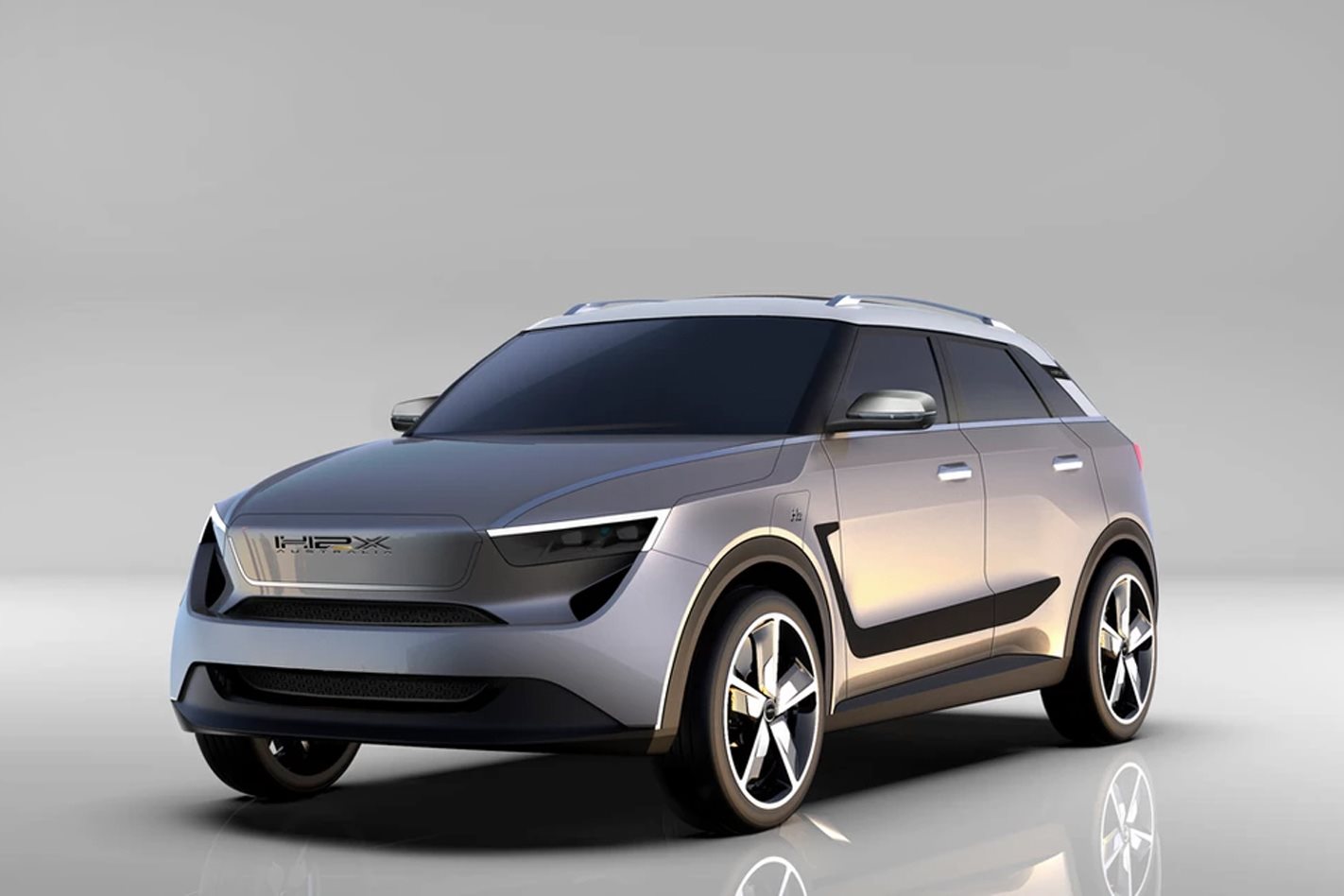
An Australian tech startup has revealed ambitious plans to not only restart local vehicle production on local soil, but its diverse line-up of vehicles will be exclusively powered by hydrogen fuel cells, as well as battery and supercapacitor power storage.
The H2X company virtually turned the first sod in Port Kembla, NSW last week when it confirmed its plan to build everything from a consumer-focused SUV named the Snowy (after the Snowy Mountains renewable HEP scheme), to buses and tractors.
The X in the company’s title denotes any number of vehicle types and classes it can turn its hand to with flexible platforms and initially two drivetrains, resulting in 20,000 emissions-free vehicles by 2025.
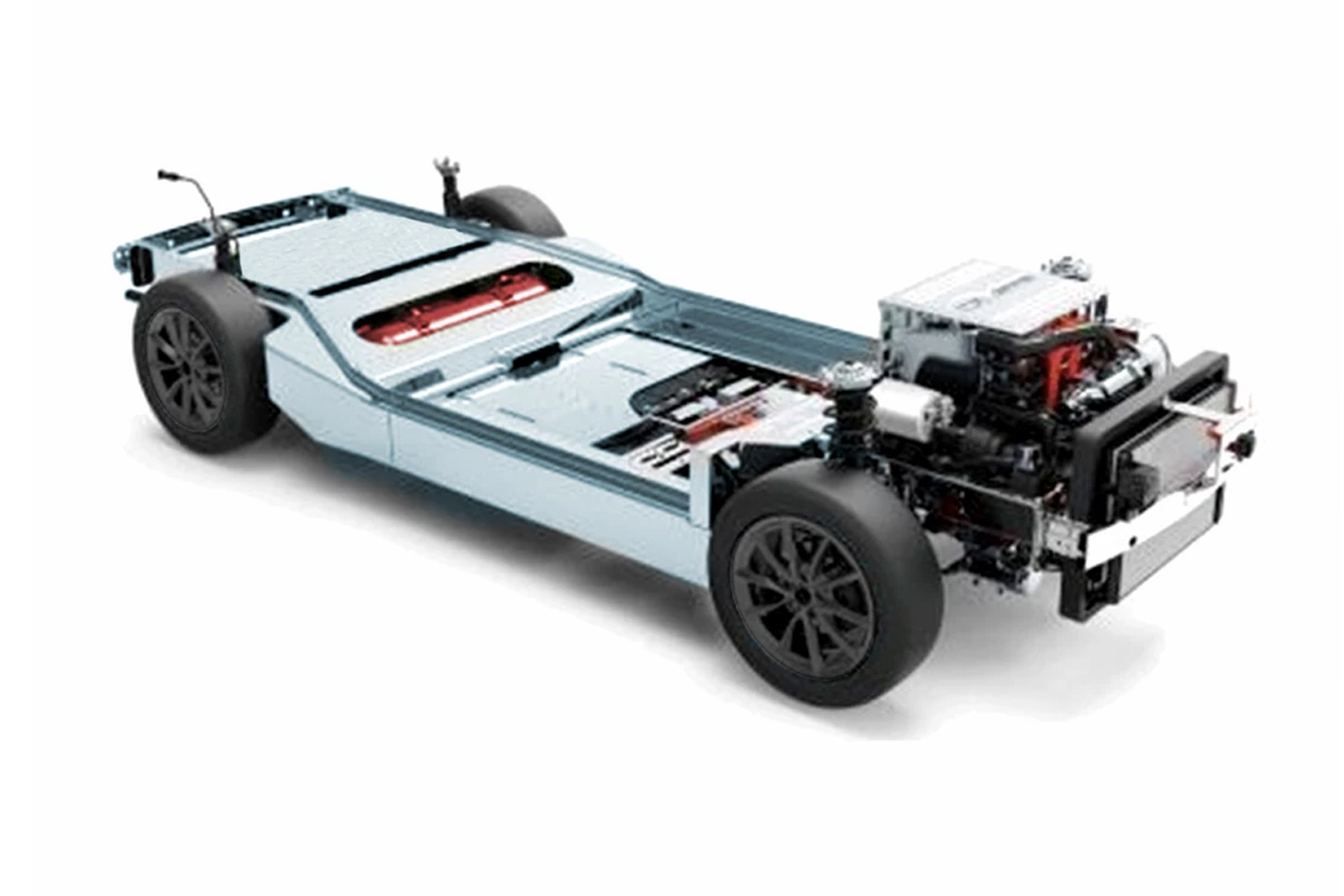
Its vehicles will be ’80 percent’ manufactured in Australia by that time, but rather than taking the more expensive and involved strategy to develop its own powertrains, H2X vehicles will use pre-assembled chassis (above) already in use in Asia, and an Elring Klinger fuel cell.
The decision to use prefabbed architecture will accelerate initial manufacturing times and cut costs while H2X finds its feet in Australia and as a relative newcomer to the hydrogen-powered vehicle industry.
MORE Hydrogen vs EV – what’s right for Australia?
Exact model roll-out and line-up is yet to be confirmed but an ambitious run of 3700 vehicles in the first year of manufacturing is chalked.
The company is not, however, flying blind into uncharted territory and has assembled a management team of auto and hydrogen heavyweights to lead H2X.
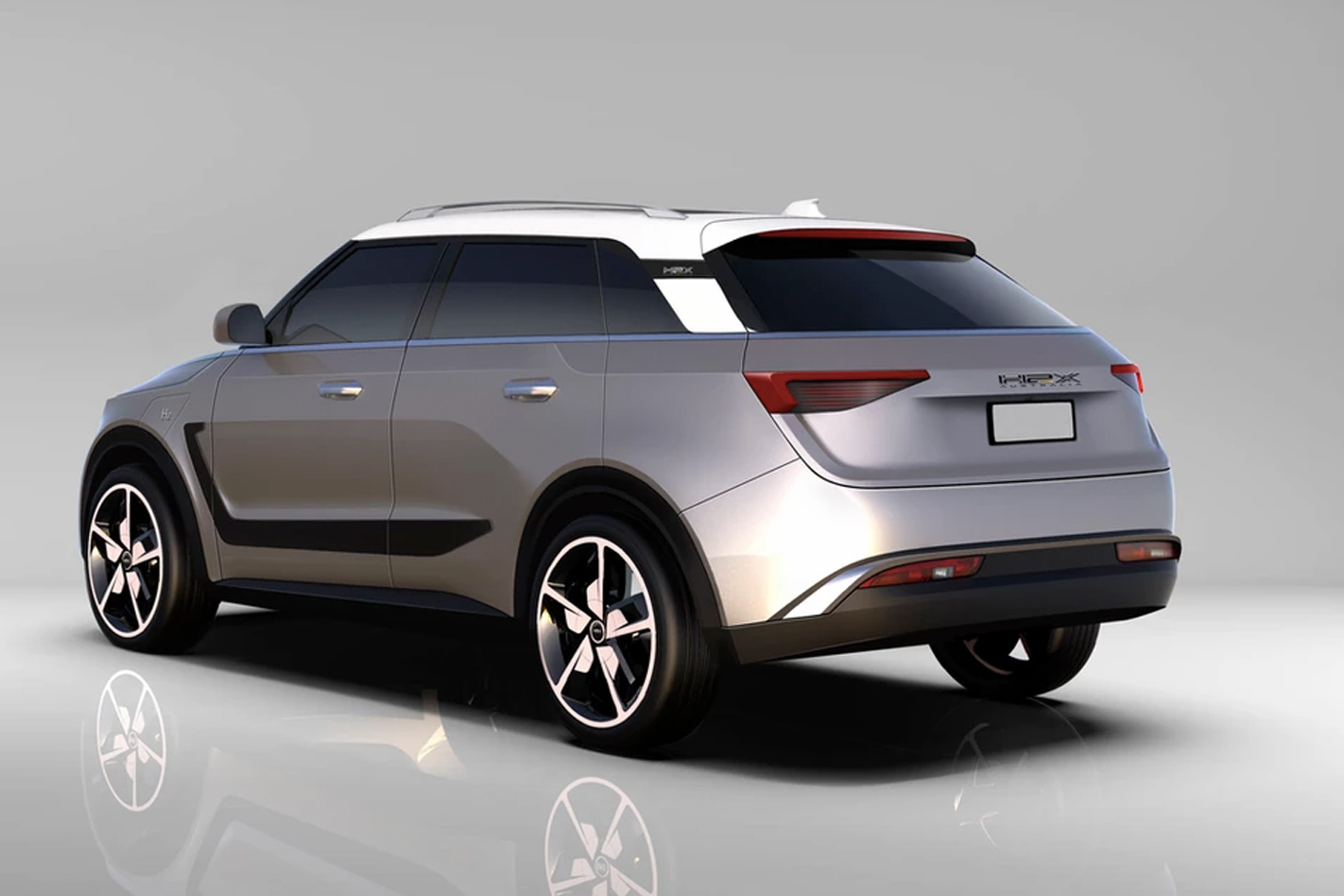
CEO Brendan Norman heads up the venture with a background in hydrogen business and initiatives across Asia and executive roles with Audi, Volkswagen and BMW before that.
He is joined by chief designer Chris Reitz who comes from a broad spread of automotive brands including Volkswagen, Nissan and Alfa Romeo, where he penned the Giulietta.
Peter Zienau will head up powertrain and products with his experience in electric and hybrid programs at Saab and GM, while Ian Thompson jumps in as chief technology officer with a 30-year career in vehicle development including Lotus, Volvo and Opel, Aston Martin and Tesla.
Thompson is the man behind Tesla‘s first car, the Roadster.
MORE Storage breakthrough could change the hydrogen game
Alan Marder will look after marketing and strategy and brings 35 years of experience and involvement with six previous startups focused in hydrogen fuel cell and vehicle industries.
And Kevin McCann, formerly head of VW Group Asia, sales director of Hyundai Australia, MD of Volvo Australia and a director of Deloitte Automotive, will sit on the supervisory board.
“With the development of many green energy projects in Australia at the moment, we have a unique opportunity to bring a significant manufacturing operation back into the country,” said H2X CEO Norman.
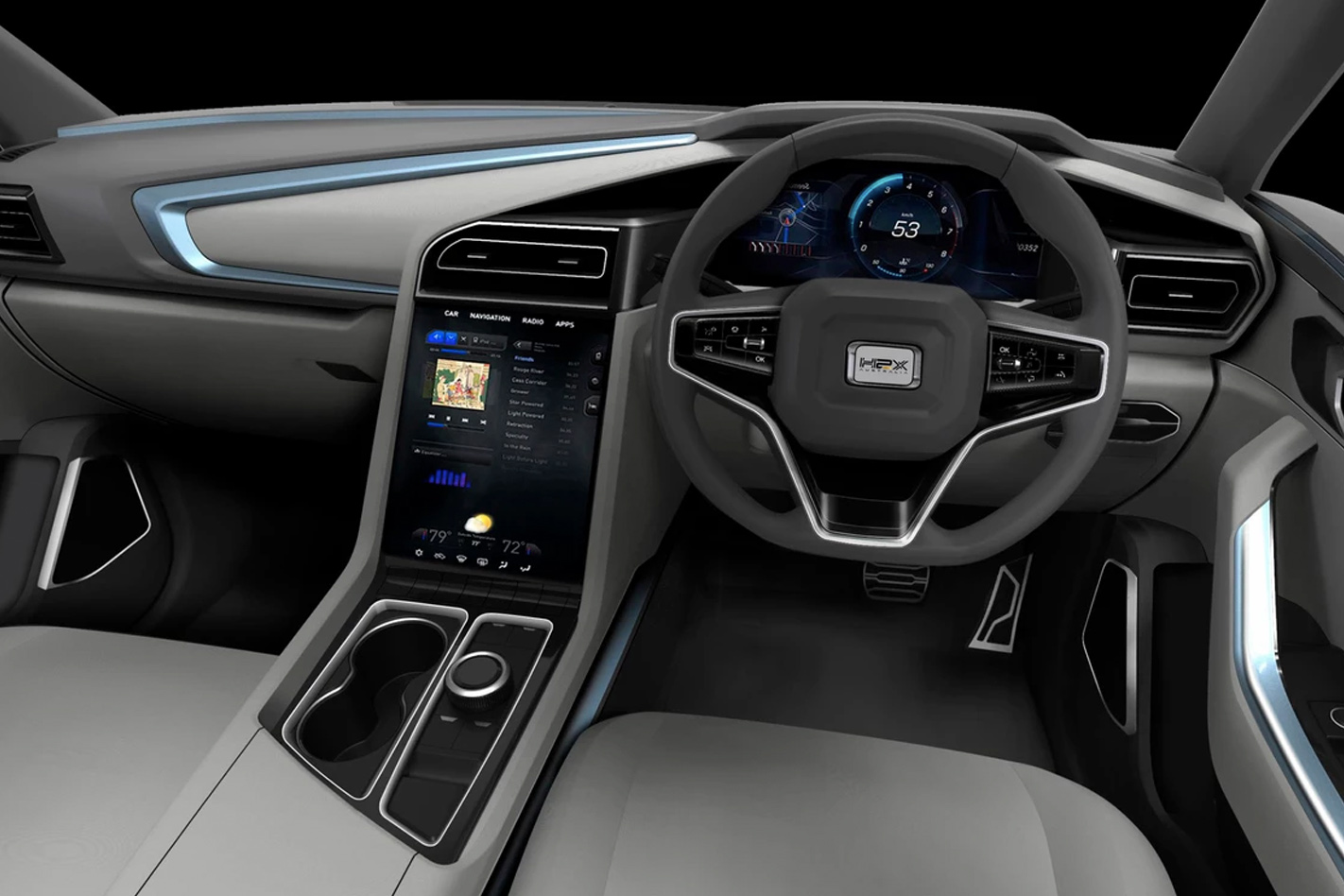
The announcement of a new car company coincides with the government’s commitment to the production of clean hydrogen in May with an unprecedented $300 million fund that will support not just the production of the gas with renewable energy, but businesses that align with its National Hydrogen Strategy.
It’s likely H2X has its hand high for a share of the grant if it hasn’t already entered into negotiations.
Not only is the company claiming it will do what many thought impossible and recast Australian car manufacturing from the ashes, but it will employ 5000 people to get the job done, it says.
MORE Can Australian car manufacturing really come back?
The Port Kembla location was selected to offer efficient access to import and export possibilities, as well as proximity to local suppliers.
With a car carrier-capable port, an extensive freight rail network, steel and aluminium plants and defence department-spec electronics producers already in place, the former steel town already has a few key advantages.
The Snowy SUV will arrive in 2022, but it will be accompanied about the same time by a van model that will morph into maxi-taxi, MPV and commercial vehicle variants.
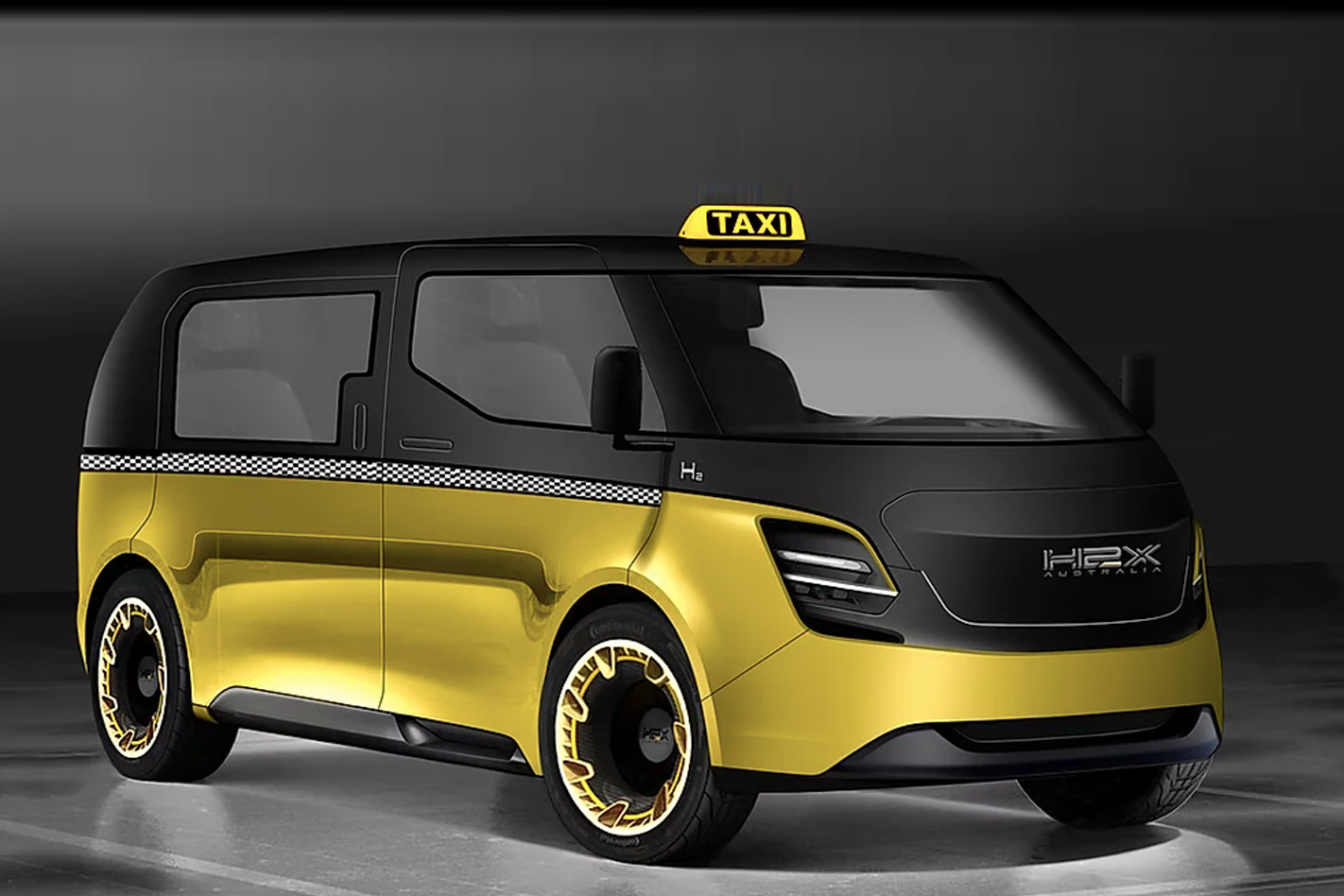
Interestingly, the company appears to be prioritising heavy vehicles with the first materialising as early as next year. Beyond that, H2X seems to be considering all possibilities with sports models, trains, utes, large vans, tractors and other commercial vehicles all tantalisingly teased.
Whatever comes to fruition will add to Australia’s small but growing hydrogen-powered vehicle carpark which is heralded by the Hyundai Nexo and Toyota Mira.
Technology
Technologically speaking, the company has revealed some intriguing morsels about its models. The core fuel-cell power plant will be blended with supercapacitor technology according to the application for the best efficiency and recapturing of electrical energy.
Power regeneration will be available through the more traditional braking as found in many EVs but also through regenerative suspension – a clever innovation that’s yet to find its way into production cars.
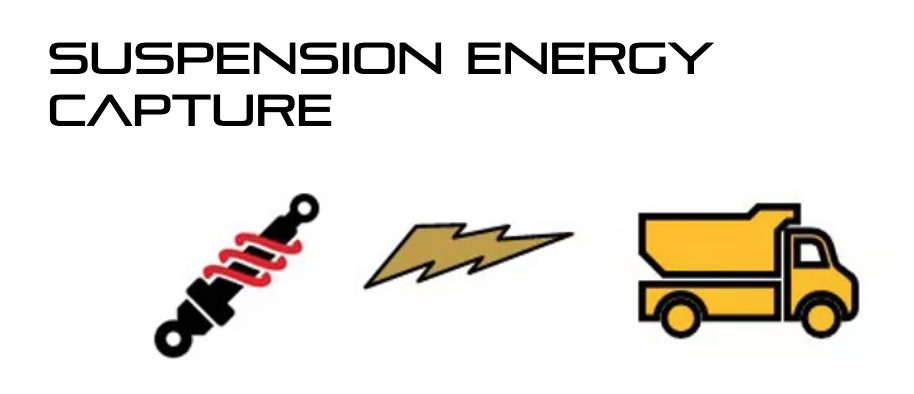
The system can convert suspension movement energy to more kW for the motors
And, as you might expect, the company will achieve all this through the most environmentally sensitive production methods including ‘biocomposite’ materials derived from crop waste, low-temperature manufacturing methods that don’t require lots of energy, and high human involvement with the manufacturing process.
“Each vehicle strategy is based on our advanced telematics and AI partnership with the world’s leading AI and cloud computing company,” says H2X.
“We design each customer application specifically to achieve the ultimate efficiency, benchmarking operating cost, and performance.”
Snowy SUV
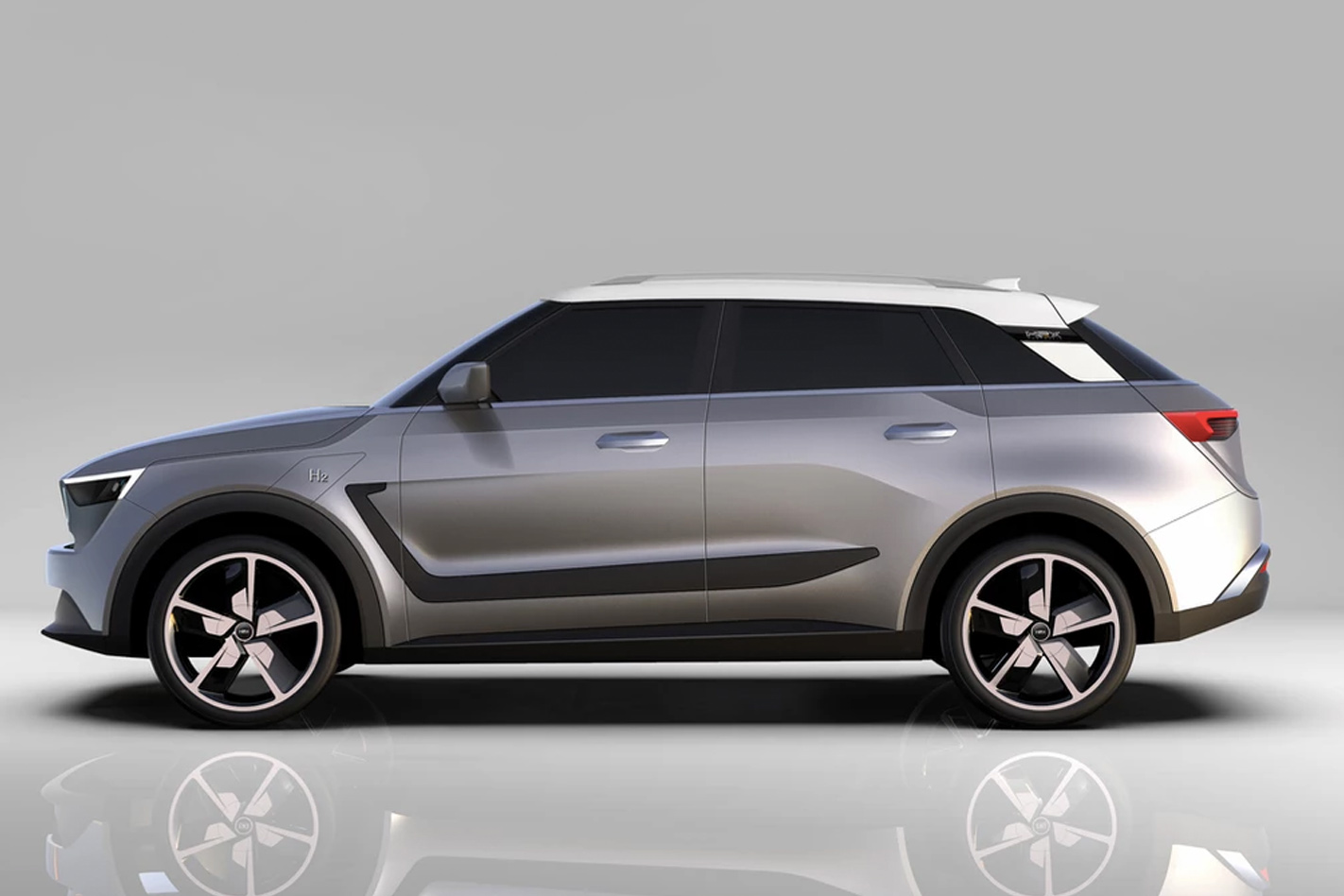
According to the H2X website the first passenger vehicle will be front-wheel drive, offer a range of about 650km and a refilling time akin to petrol and diesel vehicles, and a 190kW powertrain that’s claimed to be able to accelerate to 100km/h in 6.9 seconds.
Power is generated and stored via a combination of 60kW Elring Klinger PEM fuel cell, Skeleton Tech graphene ultracapacitor, 200kW electric motor and a 5.0kg-capacity hexagon Type 4 hydrogen tank.
No doubt a recent addition to the Snowy’s specification are patented anti-microbial surfaces “to offer maximum protection to occupants from germs and viruses that may be exposed within the car.”
Other specification includes AEB, eight airbags, Android Auto and Apple CarPlay connectivity and a 13-inch central touchscreen.
Van
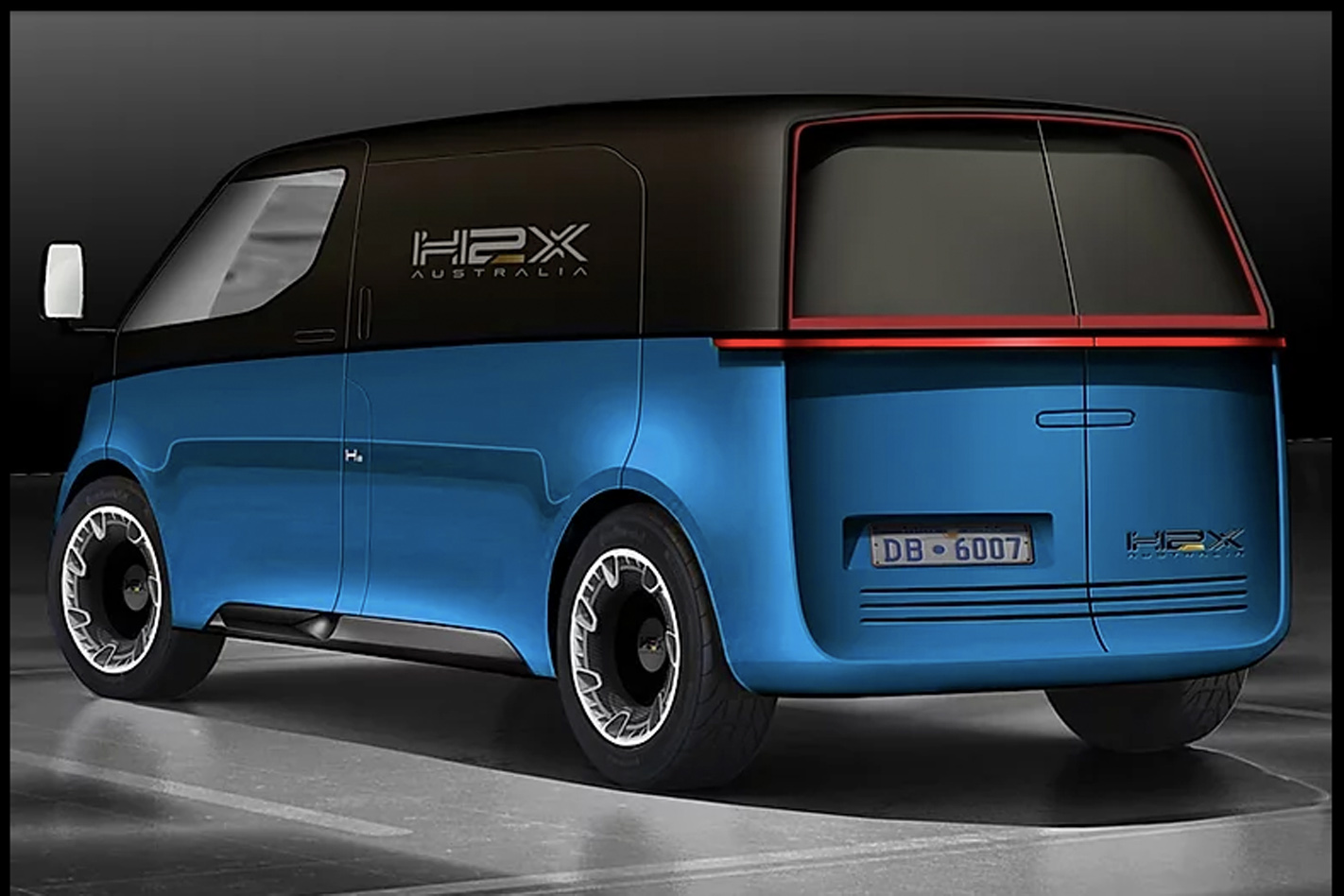
Less information is offered about the company’s van model and its derivatives, but H2X has confirmed it will have a longer range of between 400km and 700km, and combines fuel-cell technology with more commonplace pure EV battery energy storage.




